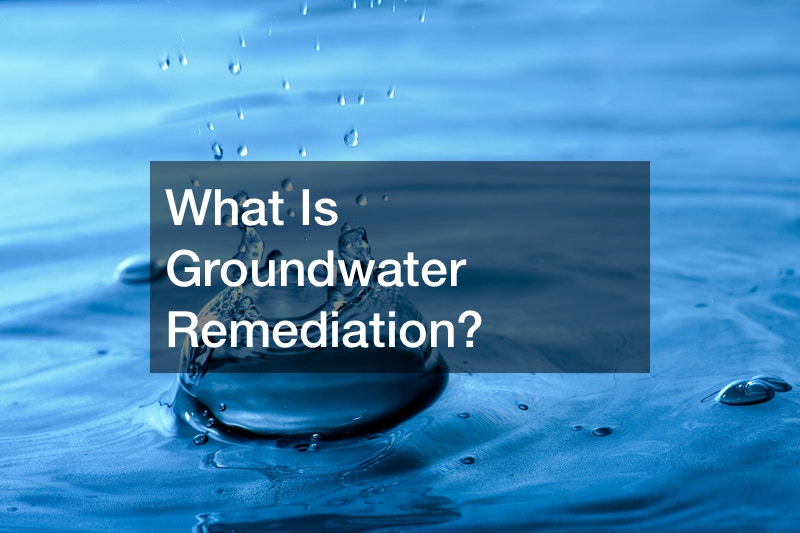
In this short video, viewers learn about the usefulness of groundwater remediation.
While many people think that water comes from the tap, up to 45% of drinking water worldwide is groundwater. This is water below the surface that saturates the soil and can be collected by a pump or well. This water is also used by farmers to irrigate crops and in the manufacturing of goods.
Groundwater isn’t always safe to use.
Manufacturing and energy production are examples of human activities that create waste products. Similarly, chemical spills, overuse of fertilizer, and landfills also leech pollutants into groundwater. When these products are stored, pollutants can trickle into the ground and contaminate groundwater. Nature can also contribute to the pollutants in our groundwater.
Groundwater remediation is when polluted groundwater is treated to remove pollutants or turn those pollutants into harmless byproducts. These pollutants can be physical, bacteria, radioactive, bacteria in nature, or groundwater may contain multiple types of pollutants. Each type of pollutant requires a different filtering process, so a groundwater remediation company may rely on multiple methods to make groundwater safe to use or even consume. Depending on the water’s future use, it may not require every type of remediation.r.




